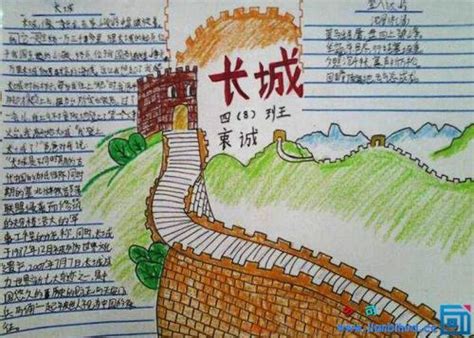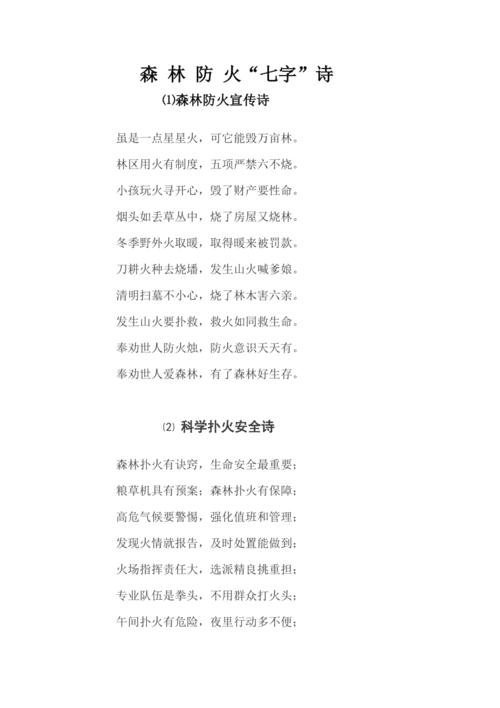Title: Crafting Poetry in Translation: Exploring the Art of Transcreation
Translating poetry is akin to navigating a labyrinth of linguistic nuances, cultural subtleties, and artistic expressions. It is not merely substituting words from one language to another but a delicate process of transcreation—reimagining the essence of a poem while preserving its form, rhythm, and emotion. In this discourse, we delve into the intricacies of crafting poetry in translation, exploring techniques, challenges, and the transformative power of transcreation.
Transcreation, unlike literal translation, involves a creative reinterpretation of the original text. It demands a deep understanding of both languages and cultures, allowing the translator to capture the soul of the poem and breathe new life into it. This process transcends linguistic boundaries, offering readers a glimpse into diverse literary landscapes.
When transcreating poetry, translators employ various techniques to convey the beauty and meaning of the original work. These include:
- Meter and Rhyme: Adhering to the original meter and rhyme scheme while maintaining coherence and naturalness in the target language.
- Imagery and Symbolism: Retaining the vivid imagery and symbolic elements of the poem, often through cultural equivalents or universal motifs.
- Tone and Mood: Preserving the tone and mood of the original poem, whether it be melancholic, whimsical, or profound.
- Wordplay and Puns: Recreating wordplay and puns, albeit with linguistic adaptations, to preserve the playful essence of the poem.
Translating poetry presents a myriad of challenges, chief among them:
- Untranslatability: Some linguistic and cultural nuances are inherently untranslatable, posing a dilemma for translators striving to convey the full depth of the original poem.
- Rhythm and Sound: Maintaining the musicality of the poem can be challenging, especially when languages differ in rhythm, stress patterns, and phonetics.
- Cultural Context: Cultural references embedded in the poem may be unfamiliar to readers of the target language, necessitating creative solutions to bridge the gap.
- Poetic License: Balancing fidelity to the original with the freedom to adapt and innovate requires discernment and artistic judgment on the part of the translator.

Despite its challenges, transcreation has the power to transcend linguistic barriers and forge connections across cultures. Through skillful interpretation and creative adaptation, translators breathe new life into timeless works of poetry, enriching the global literary tapestry and fostering mutual understanding among diverse communities.
Transcreating poetry is a labor of love, requiring not only linguistic prowess but also a deep appreciation for the nuances of both source and target cultures. It is an art form that celebrates diversity, creativity, and the enduring power of human expression. As translators embark on the journey of transcreation, they embark on a quest to preserve the soul of poetry and ignite the imagination of readers worldwide.










